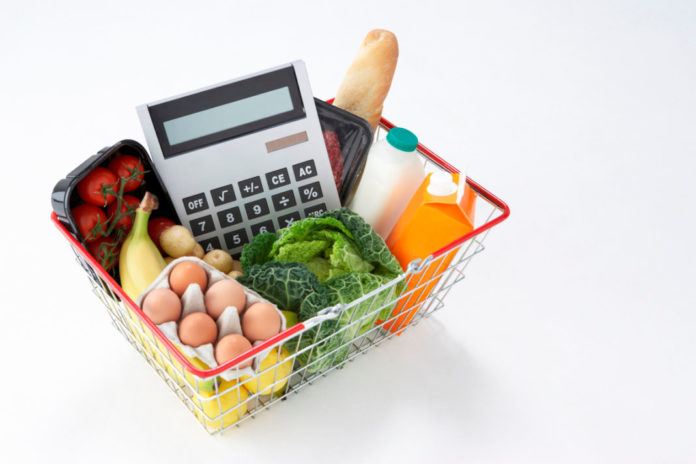
Is it starting to feel like you’re constantly buying groceries? Are you buying food with good intentions but end up throwing out once-fresh produce that went bad in your fridge? Bad food spending habits can really take a toll on someone’s budget and wallet. Because of this, it’s important to understand your spending habits and needs for groceries and other food purchases.
There are many tips to help you improve your finances in every aspect of your life. From cutting down on car expenses in favour of public transportation to setting up an RRSP for long-term saving, lifestyle changes small and large all make a difference when it comes to our finances. When you create a budget, you can always account for fixed costs. You know you have to pay your rent or mortgage, you might have student loans to repay, you need certain utilities, and you certainly need food.
Just like it might seem like you can always improve your diet, you can also always improve the way you spend money on food. Here are some tips for smart spending when it comes to buying your food.

Canadian Averages
The average Canadian spends about $200 a month per person on groceries. This depends on where in the country they live since eating habits and food costs vary from province to province. In big cities like Toronto, the averages tend to be higher (at least $254 per person) and the number of people in a household also affects how much goes towards food costs.
Here’s a basic breakdown of where the portions of a household’s food budget typically go:
- Bakery – 9.37%
- Cereal grains and products – 5.57%
- Fruits and Nuts – 12.32%
- Vegetables – 11.59%
- Dairy products and eggs – 14.74%
- Meat – 19.49%
- Fish and seafood – 3.48%
- Beverages and pre-packaged foods – 23.46%
Does this look like your food spending distribution? If so, can you see any places where you can reduce spending on items to save money and improve your health? For example, the harmful properties of soda are known pretty widely these days. Canadians still spend a lot on beverages like pop and juice, but you can cut those out of your budget to reduce your spending and your sugar intake.
Cutting Down on Processed Foods
Processed foods like frozen dinners and candy bars are expensive and not healthy choices for your food. When you reduce your prepared meal purchases, you will need to spend more time cooking your own food, but it’s well worth the time investment for the lower bills and smaller waistline that come with this choice.

Buying Generic Brands
Some people live and die by their favourite brands, but opting for generic brands at the store can save you 25% on your grocery bill. While there may be some things that you want to keep buying in the name brand, staples like cheese or rice don’t have a discernable difference in quality between name brand and generic.
Think about who you’re buying for. Typically, single people spend more on food because they don’t get to take advantage of bulk shopping. But if you’re buying for just yourself and know what you’re going to prepare, you can buy discount produce that you know you’ll be eating right away. And if you’re buying for children, think if they can really tell the difference between name brand and generic products. You can likely get away with swapping out pricey foods for smarter choices and improve your food budget as you do it.














